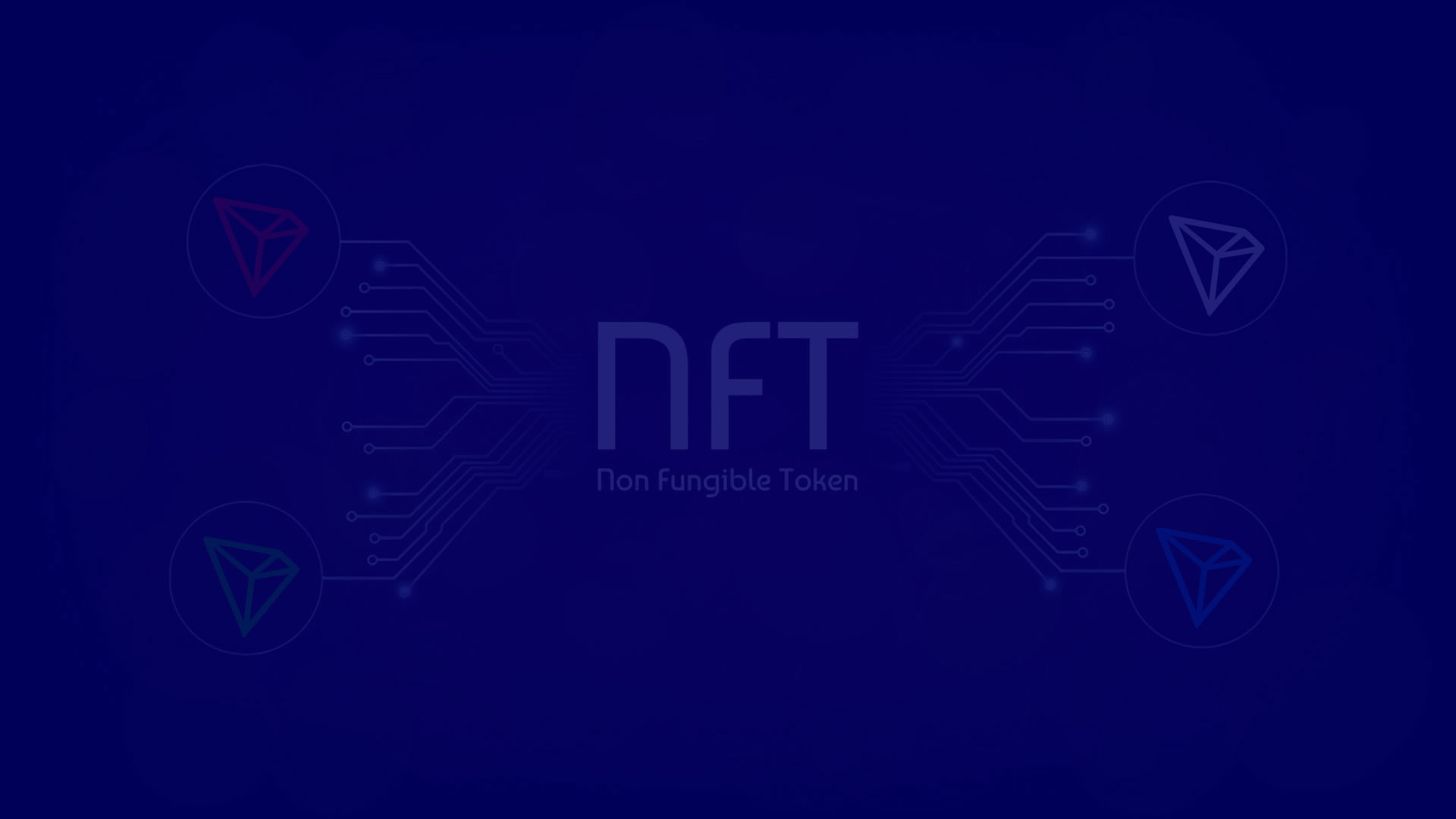So what are NFTs?
In the simplest terms, NFTs transform digital works of art and other collectibles into one-of-a-kind, verifiable assets that are easy to trade on the blockchain.
Although that may be far from simple for the uninitiated to understand, the payoff has been huge for many artists, musicians, influencers and the like, with investors spending top dollar to own NFT versions of digital images.
Non-fungible tokens, or NFTs, are pieces of digital content linked to the blockchain, the digital database underpinning cryptocurrencies such as bitcoin and ethereum. Unlike NFTs, those assets are fungible, meaning they can be replaced or exchanged with another identical one of the same value, much like a dollar bill.
NFTs, on the other hand, are unique and not mutually interchangeable, which means no two NFTs are the same.
Think of Pokémon cards, rare coins or a limited-edition pair of Jordans: NFTs create scarcity among otherwise infinitely available assets — and there’s even a certificate of authenticity to prove it. NFTs are typically used to buy and sell digital artwork and can take the form of GIFs, tweets, virtual trading cards, images of physical objects, video game skins, virtual real estate and more.


